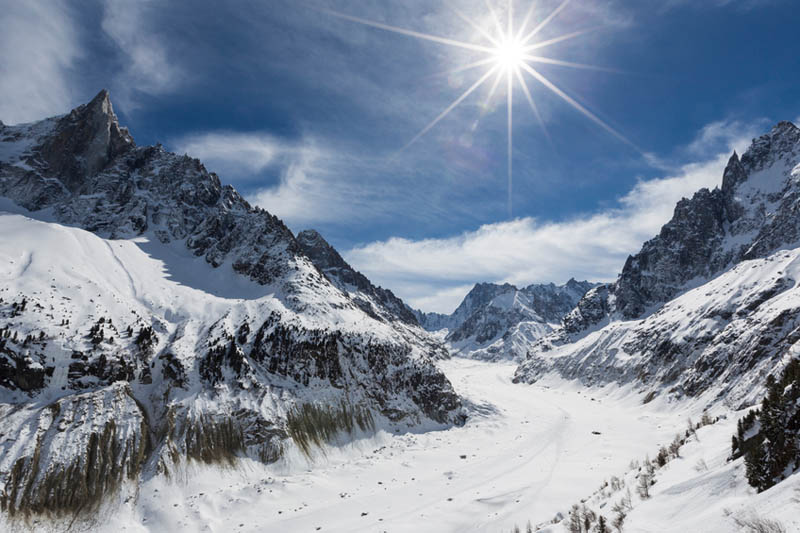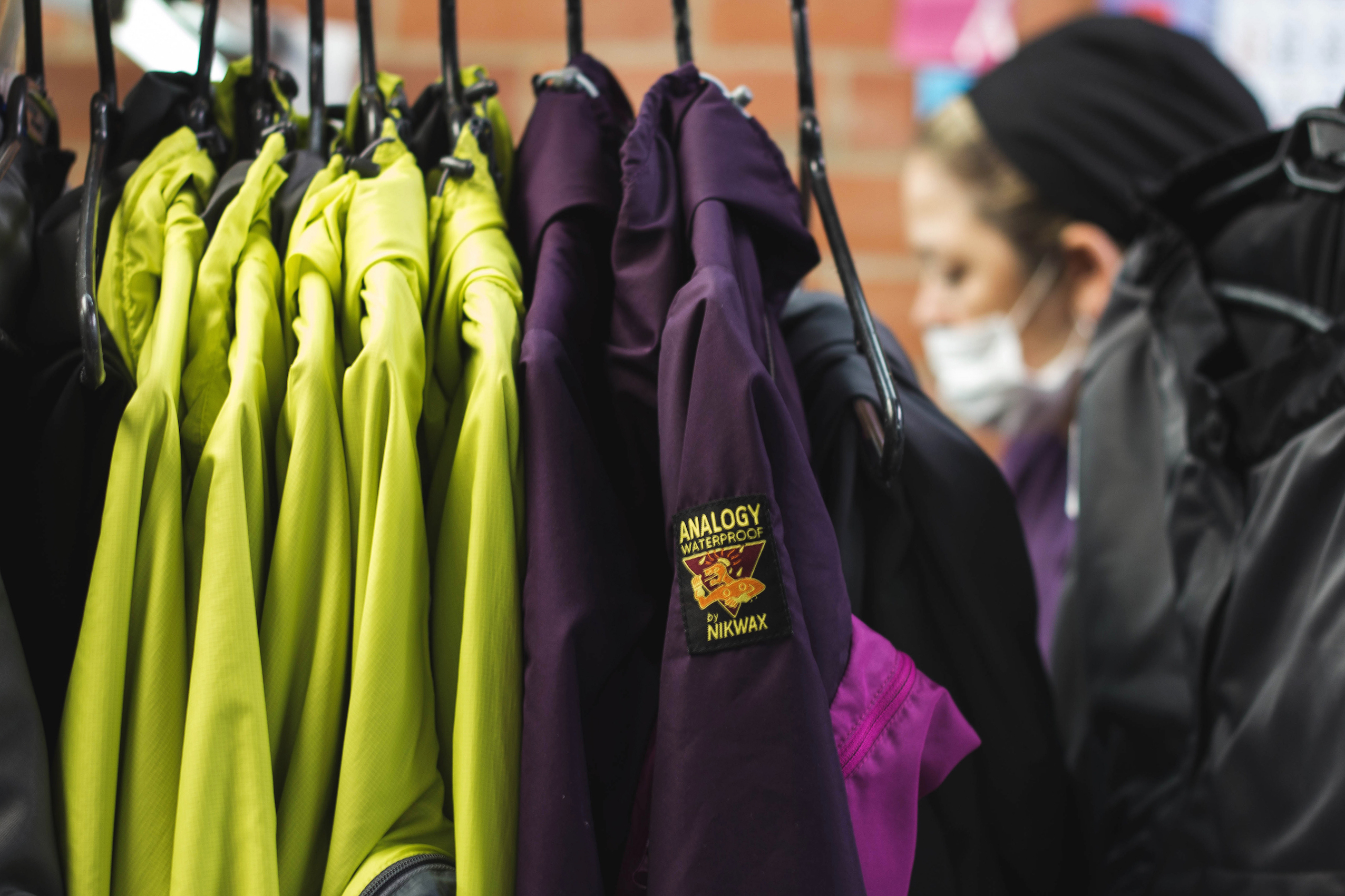Words by Sam Haddad
How green is your outdoor jacket? And I don’t mean is it “Lush Meadow” one of this season’s on-trend shades according to the Pantone Fashion Colour Report for Fall 2016. Yes such a thing exists. And that’s part of the problem, more on which later.
I of course mean how environmentally-friendly is your jacket? Or is any outdoor jacket for that matter? Earlier this year Greenpeace produced a seminal report on the “hidden hazardous chemicals in outdoor gear”. They tested 40 products including 11 jackets for PFCs (polyfluorinated chemicals) and only two jackets from the test were PFC-free.
This matters because a Greenpeace Germany report showed that: “These [PFC] pollutants are found in secluded mountain lakes and snow from remote locations…[and] can accumulate in living organisms such as the livers of polar bears in the Arctic and human blood. [These] volatile PFCs can evaporate from [outdoor] products into the air.”
A bitter pill to swallow for those of us who love being outdoors, and hate the thought that our clothes could be harming the pristine, fragile environment we were so keen to escape from our cities to. And it’s also a big surprise, as outdoor brands always seemed to “get” the importance of protecting the planet more than fast-fashion high-street brands. Their staff and in many cases owners always appeared to possess a genuine zeal when it came to caring about the environment.










